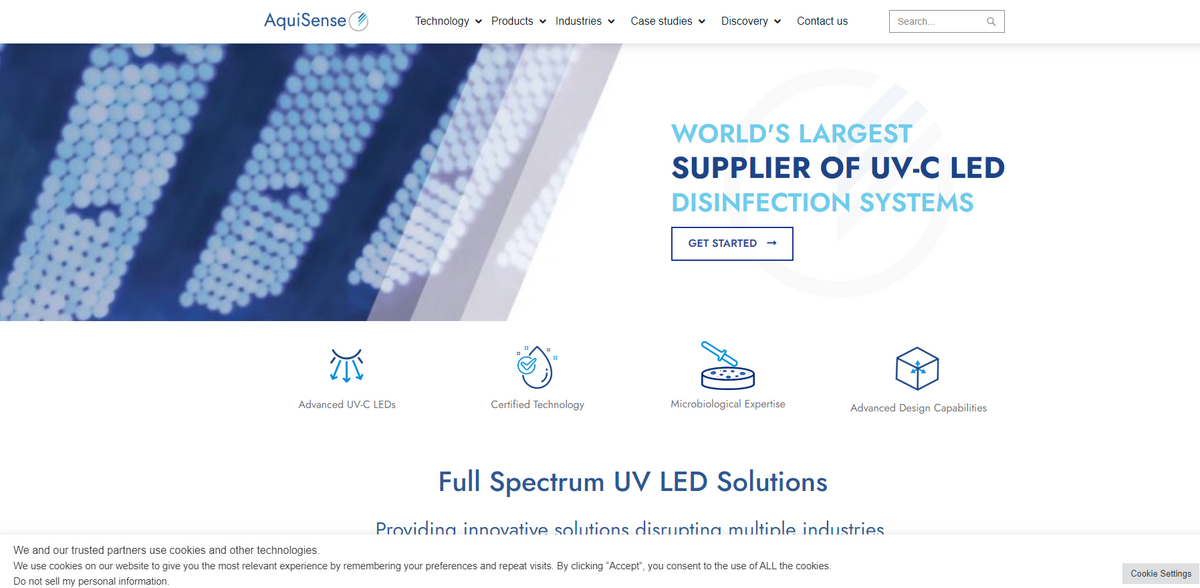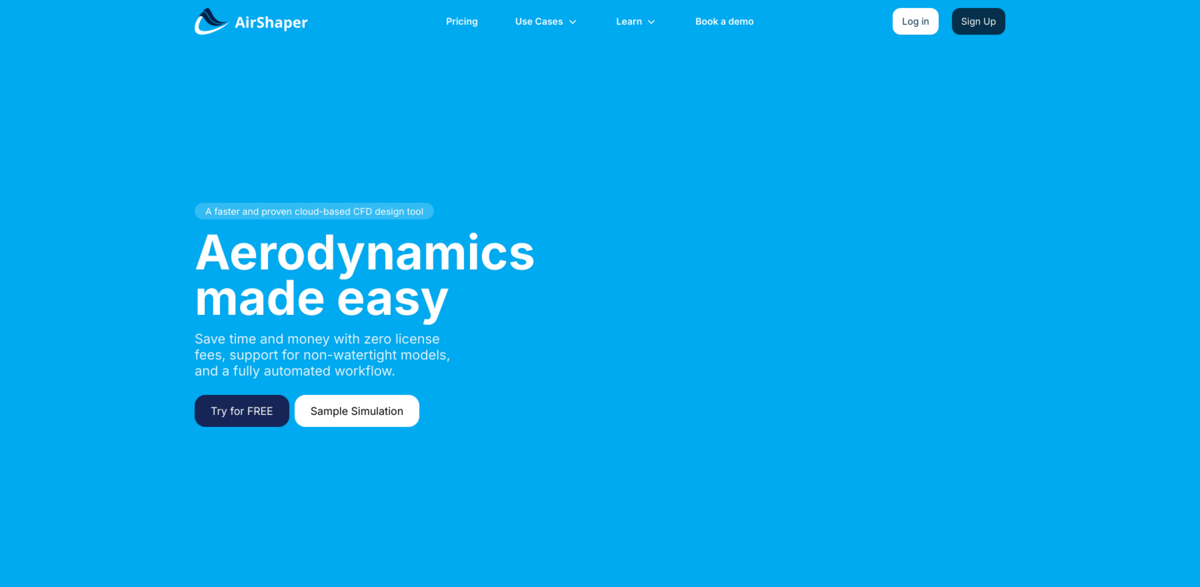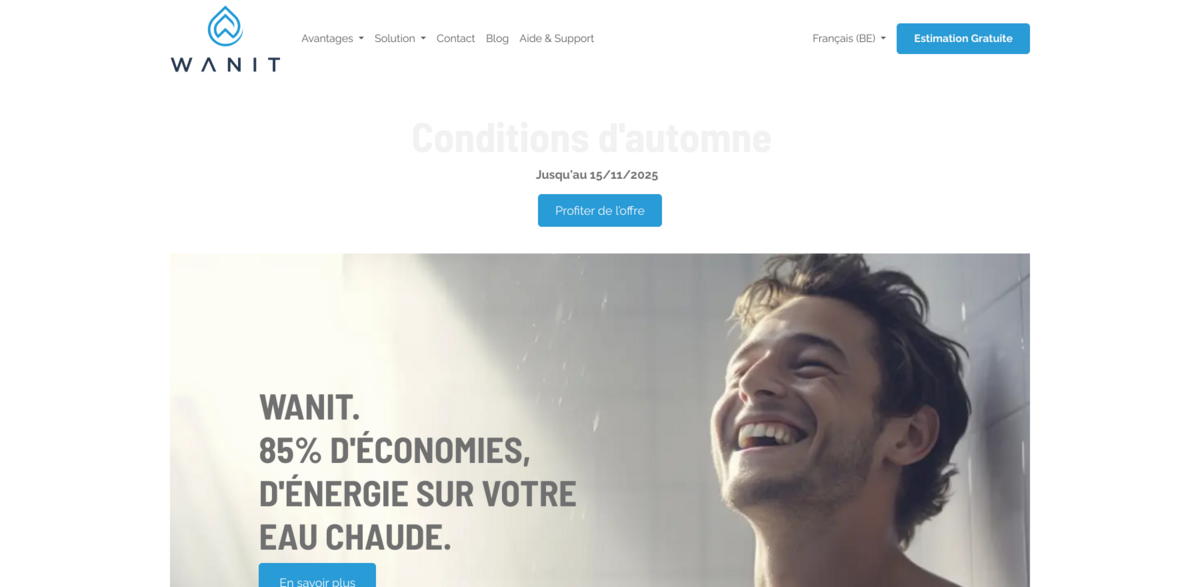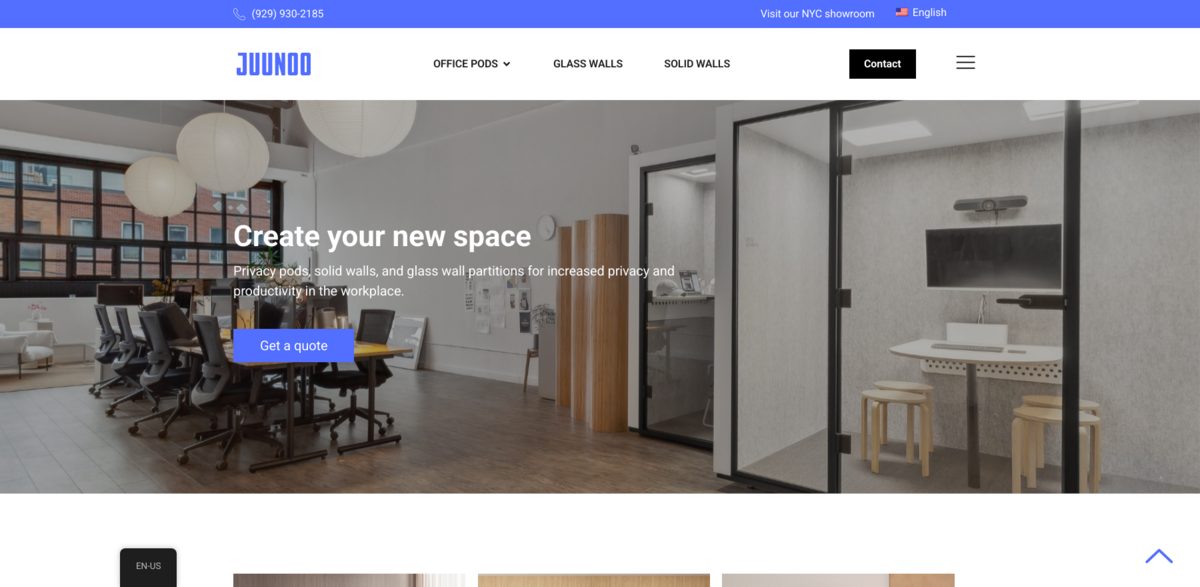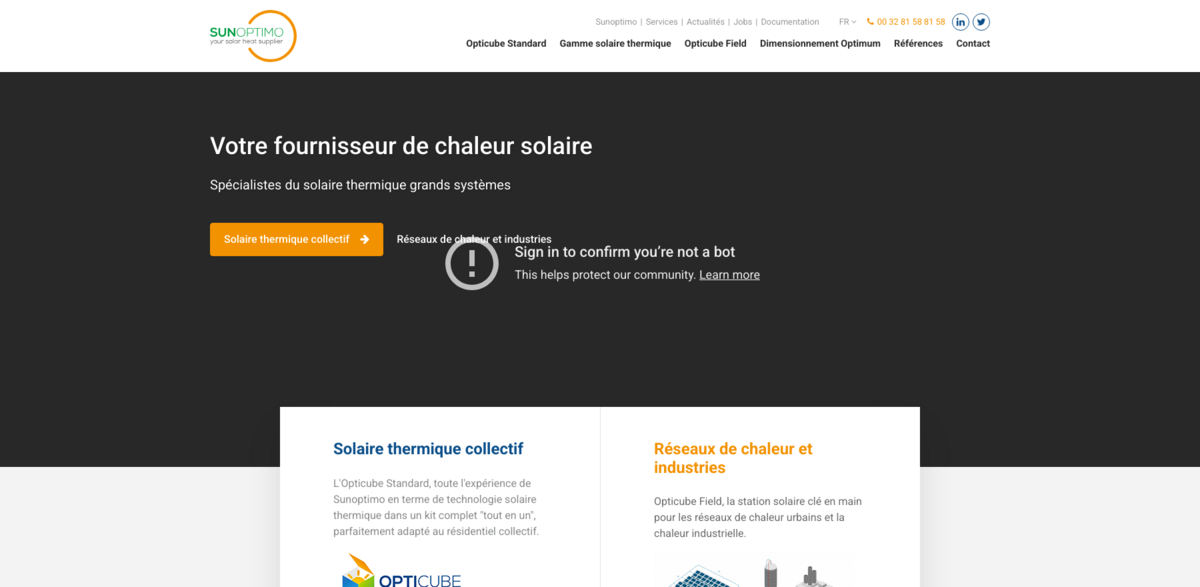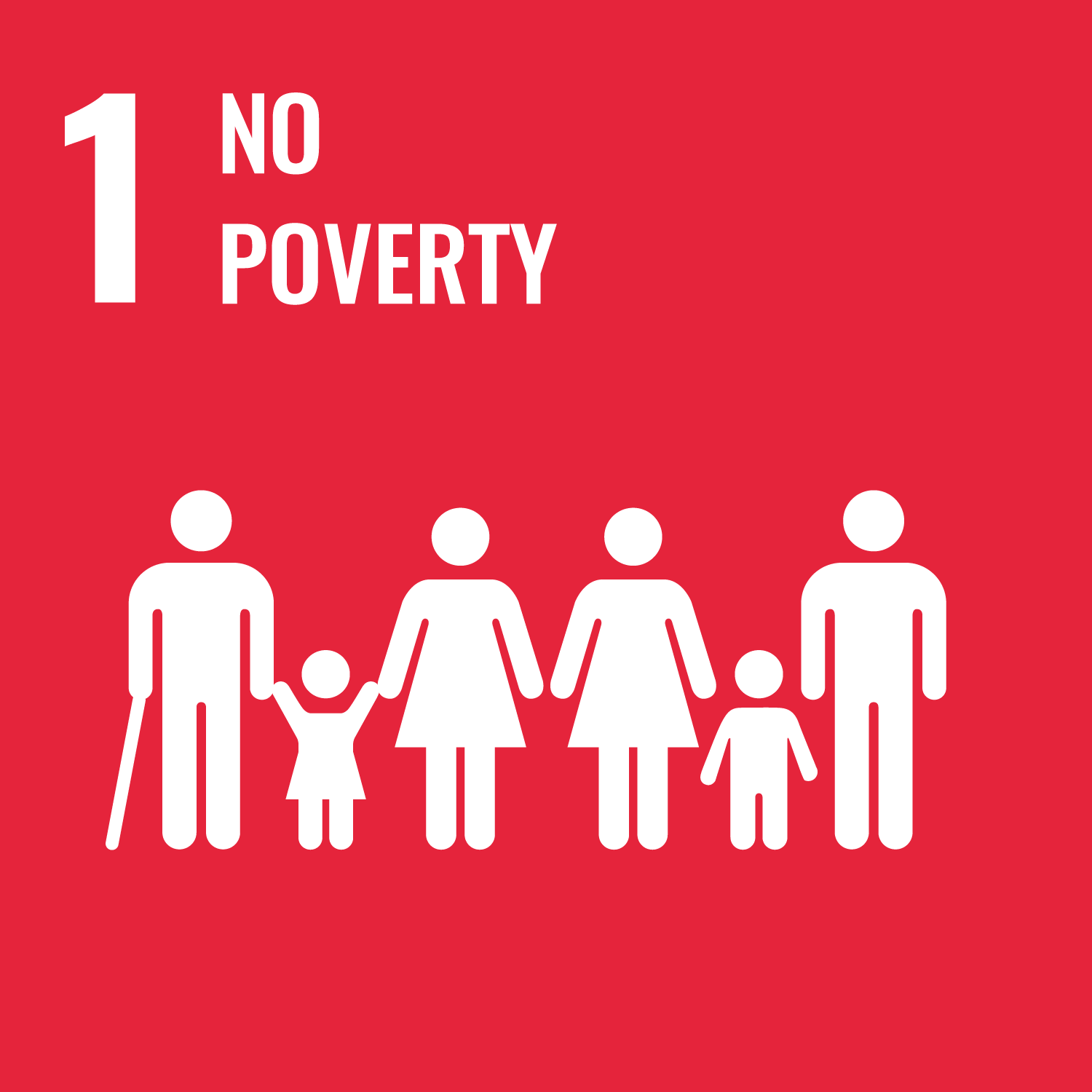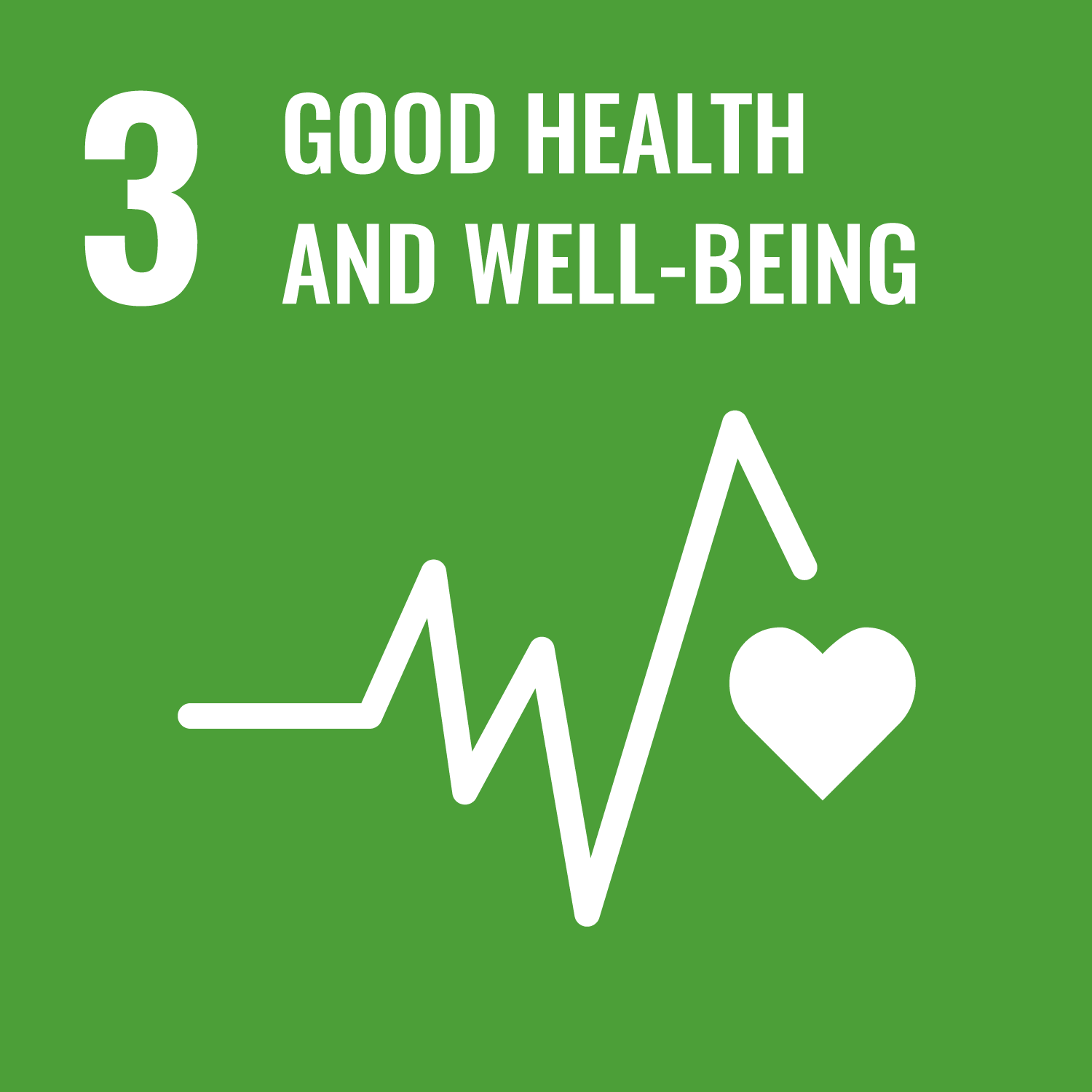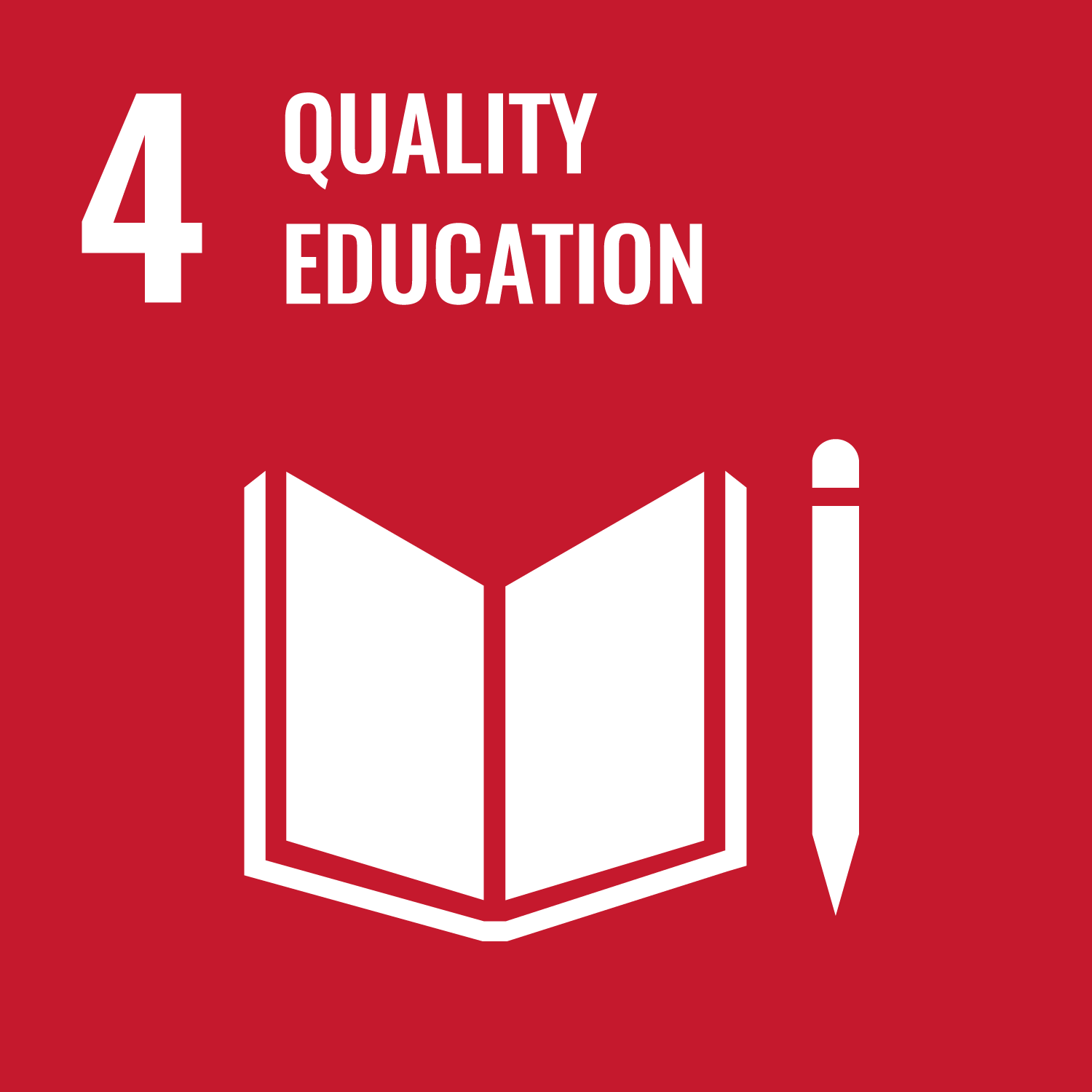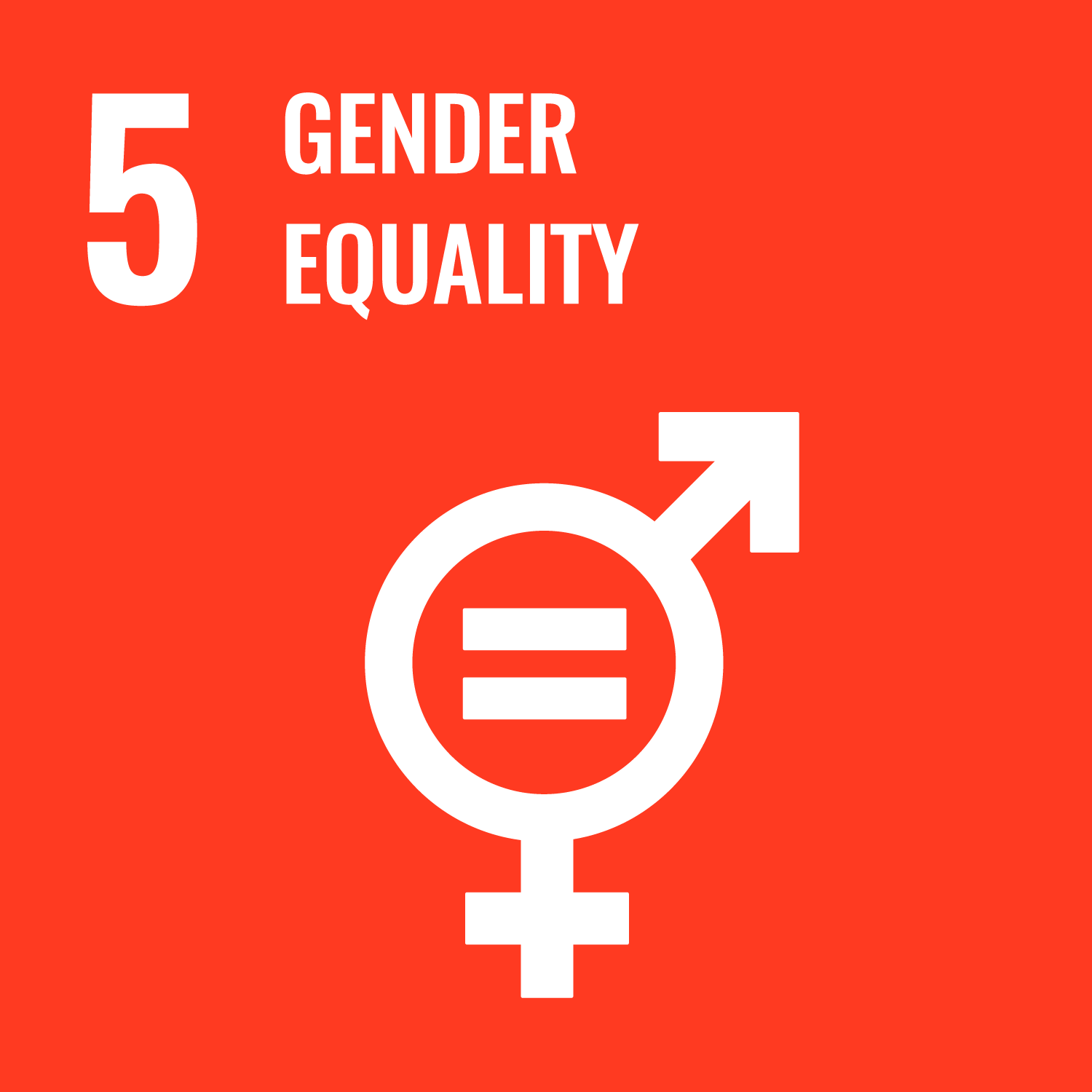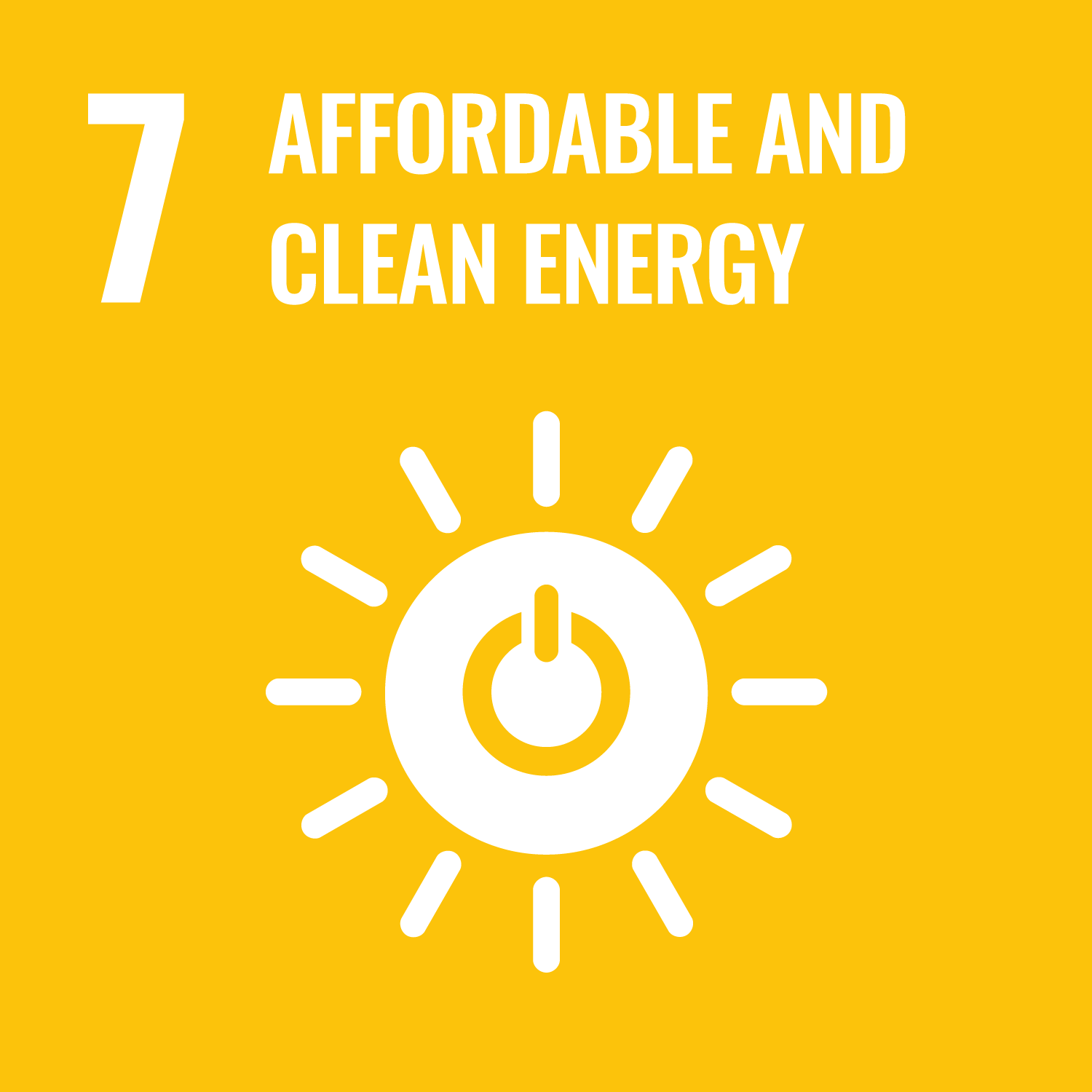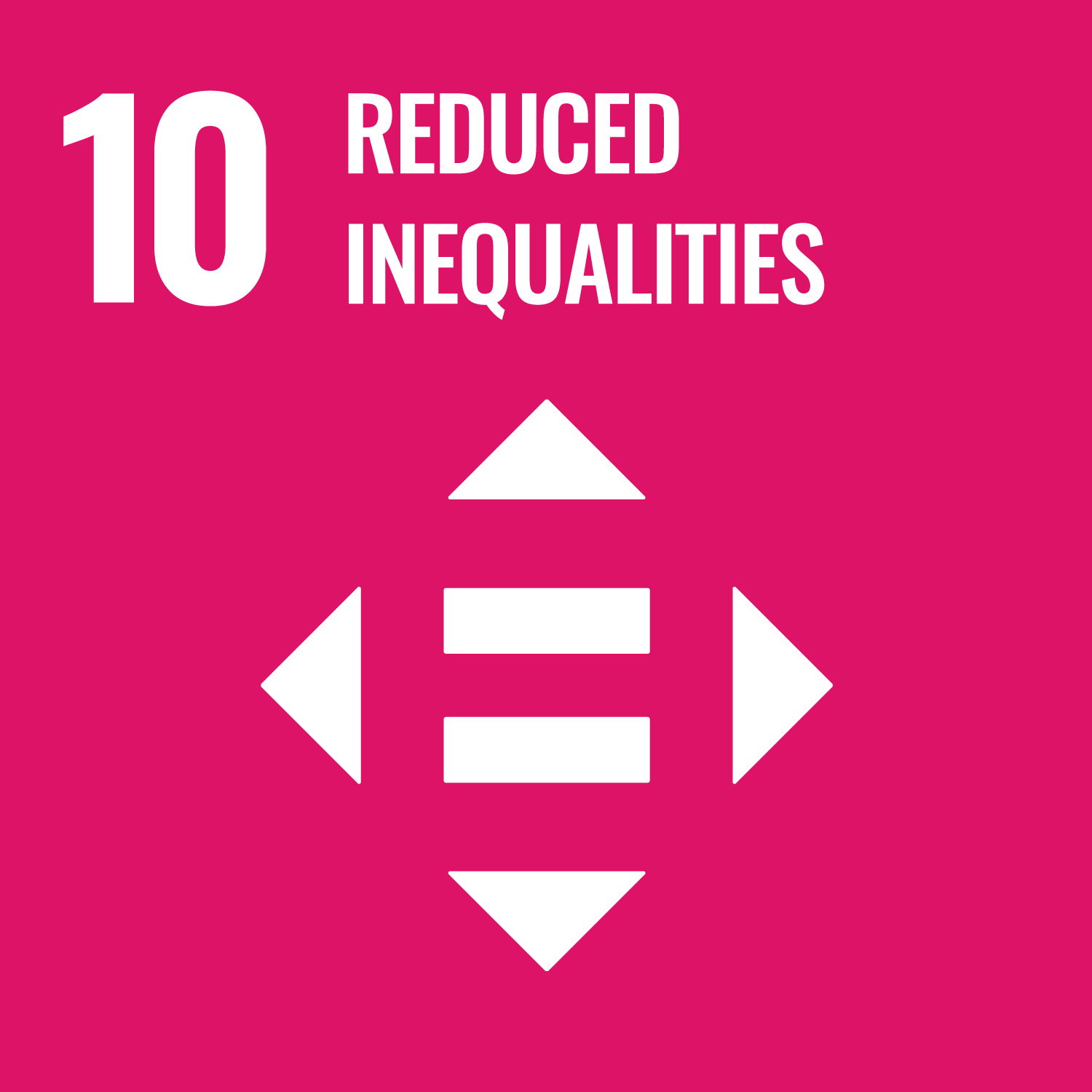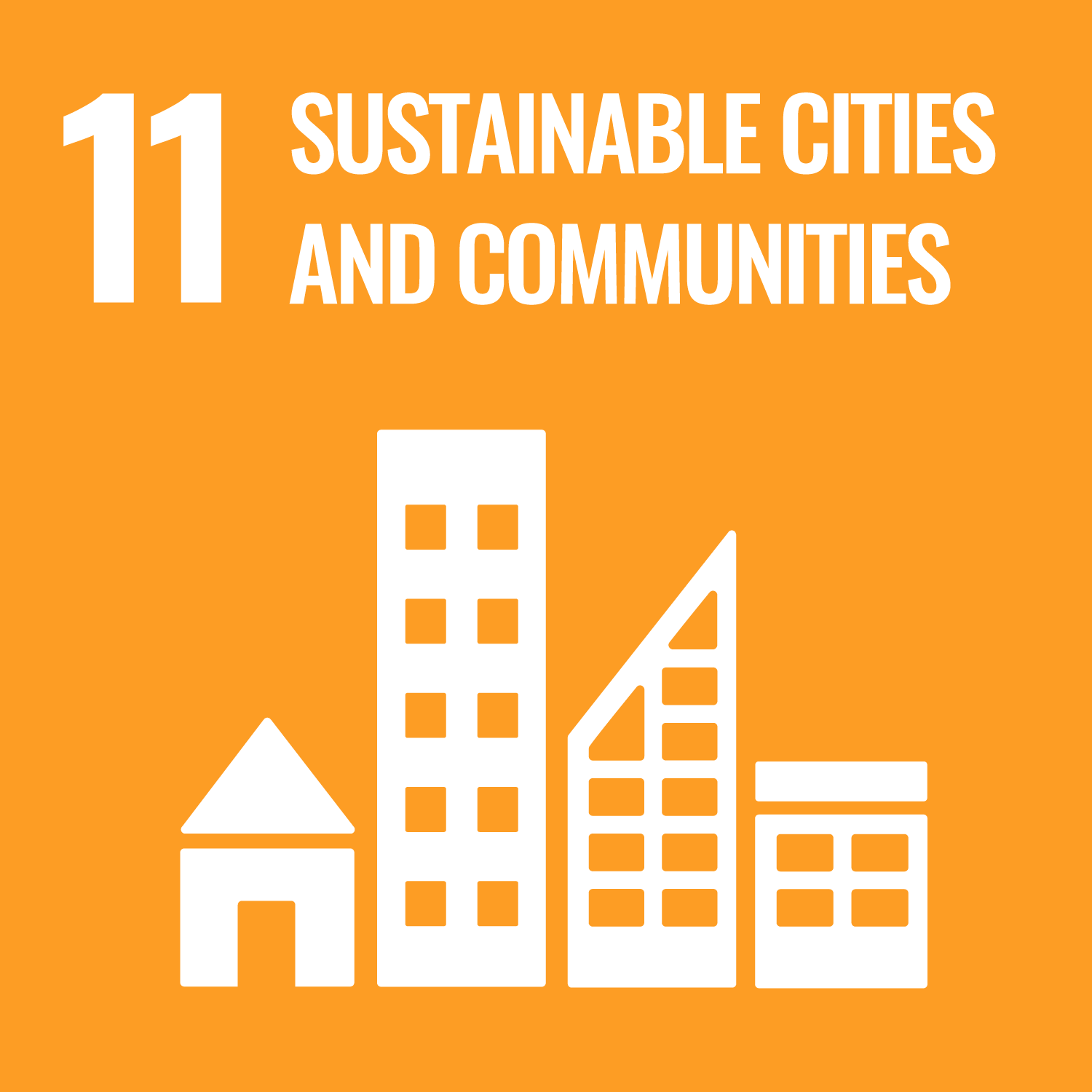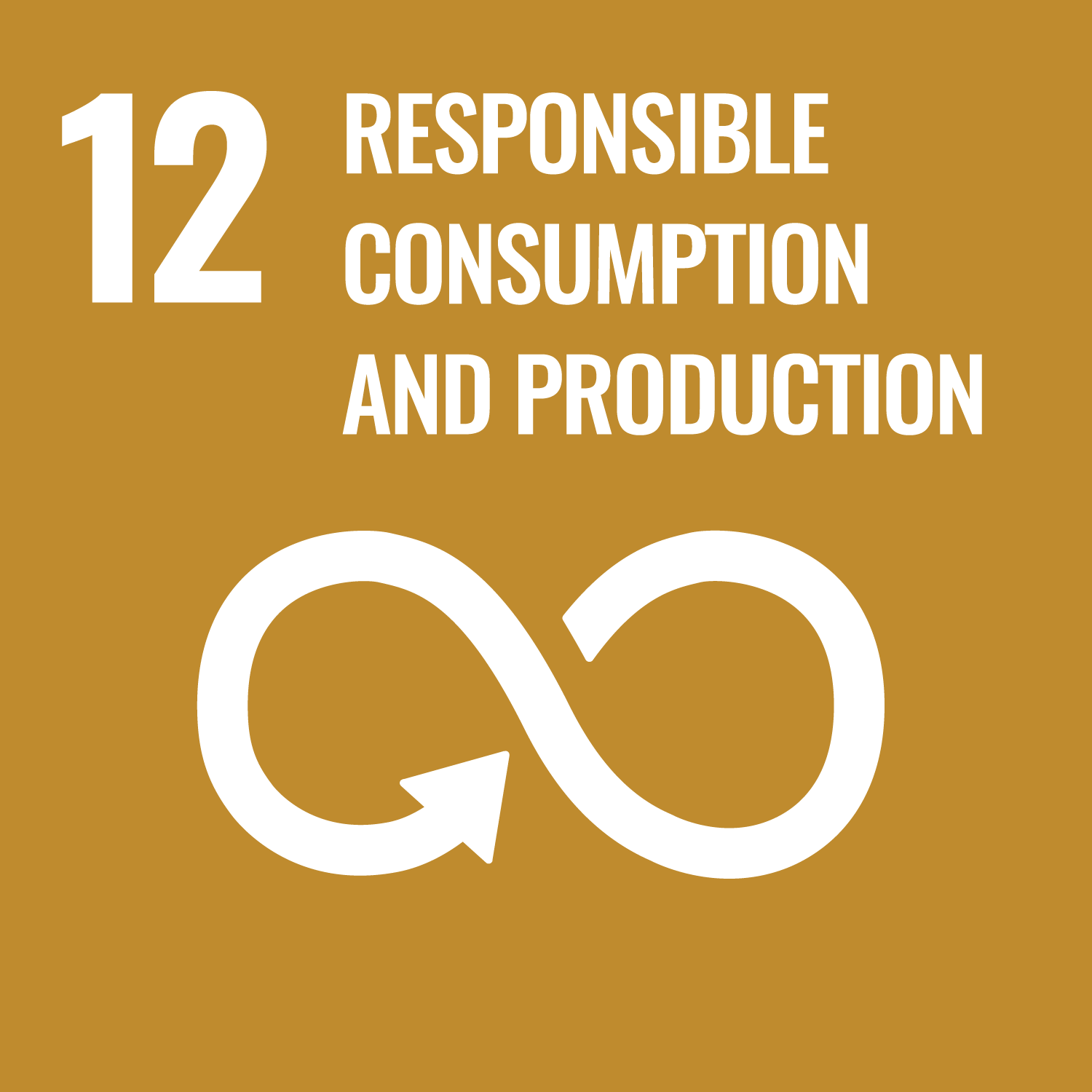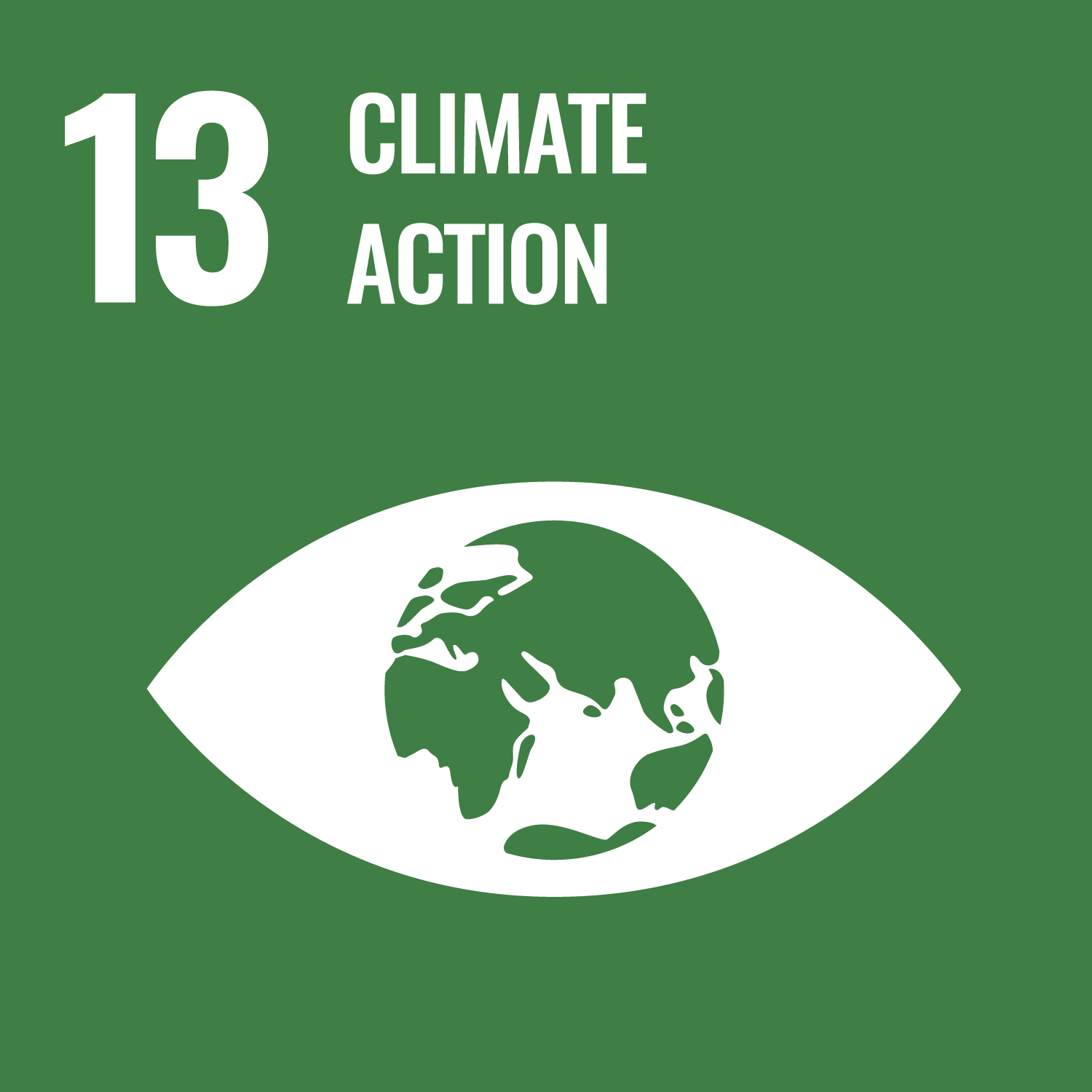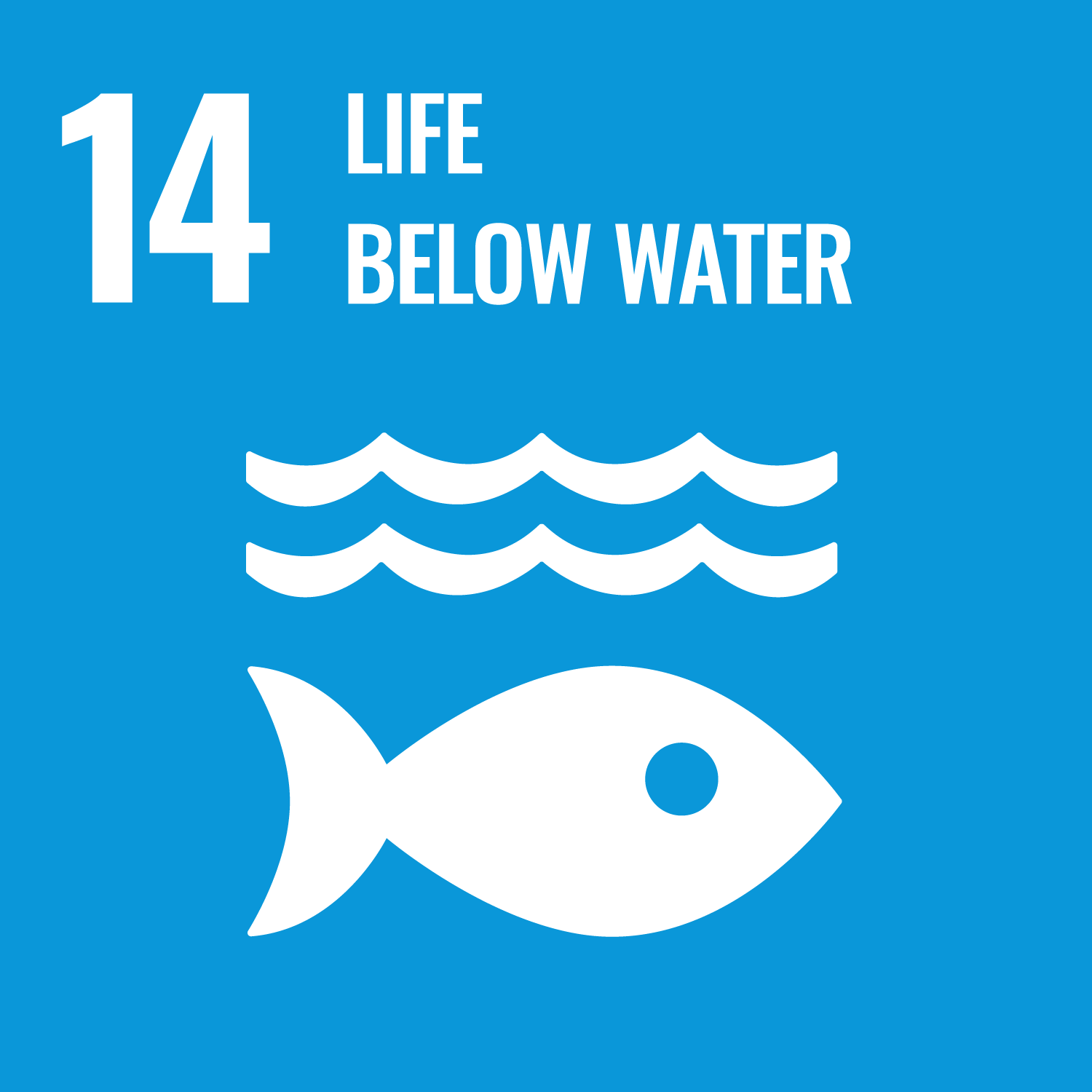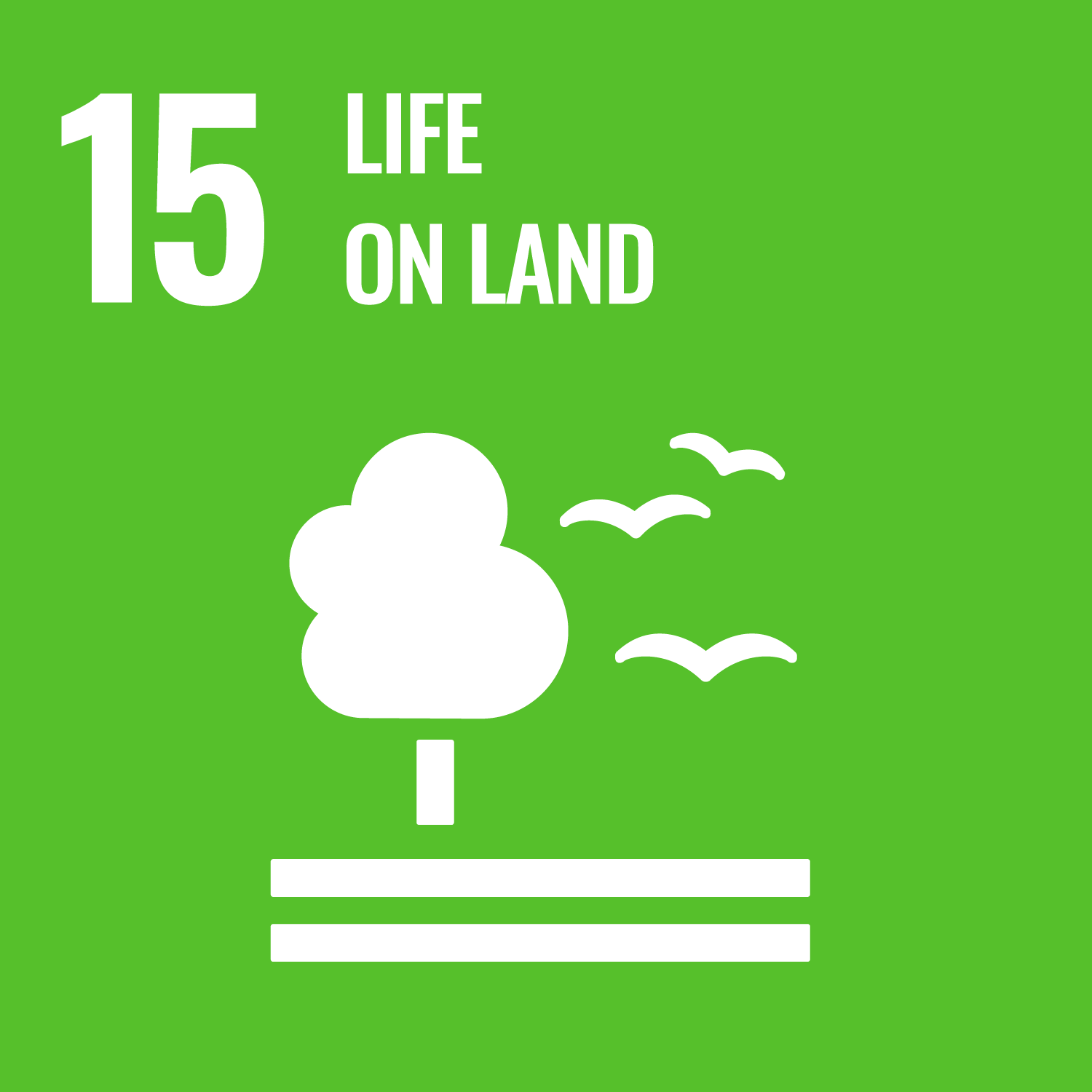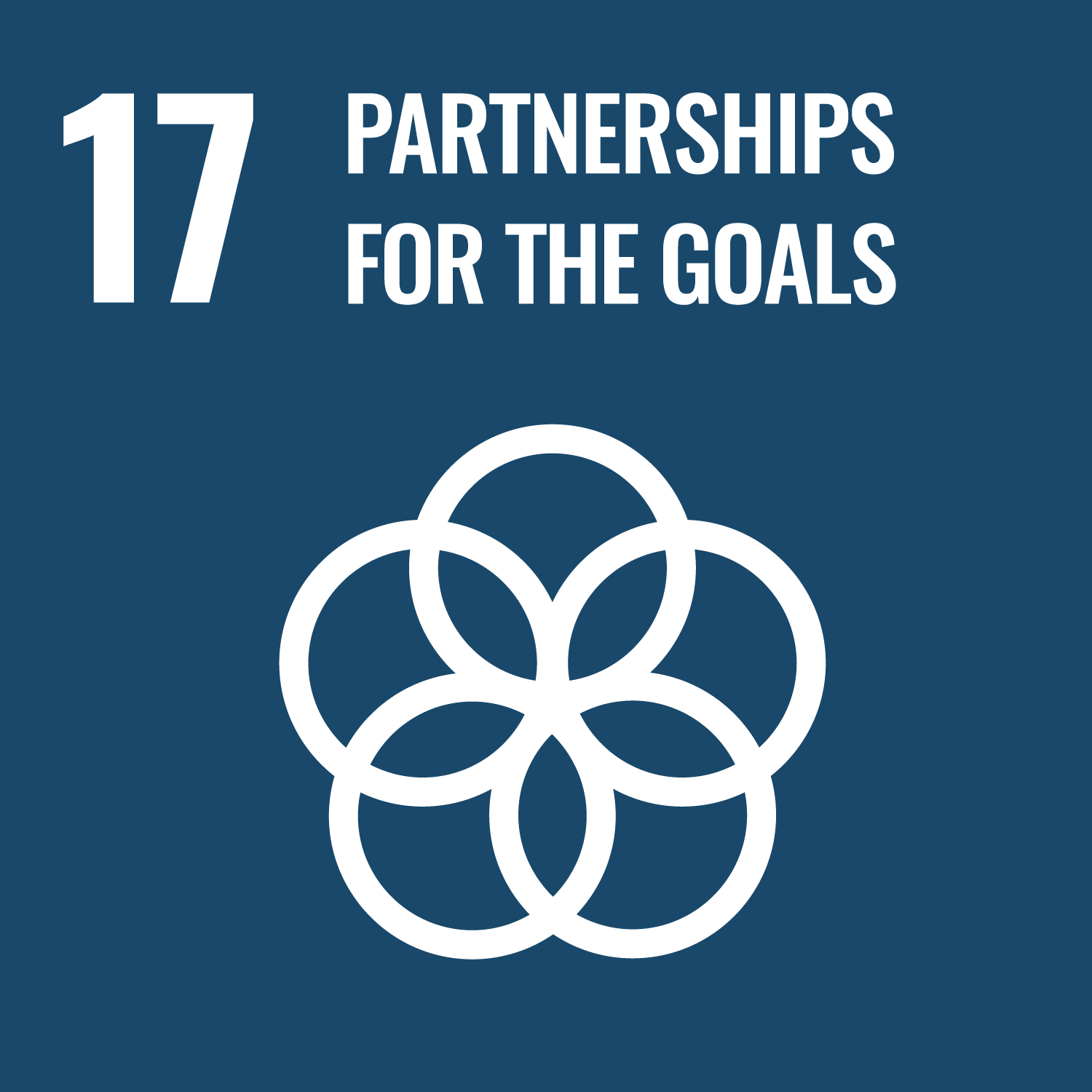What the Project Is
AquiSense Inc. is the global leader in UV-C LED systems design and manufacture that solves real-world problems in water, air, and surface disinfection applications. UV-C LED disinfection is a new technology that uses light to damage the DNA of pathogens. Just as visible LEDs changed the display market, UV-C LEDs are now revolutionizing disinfection by offering a variety of benefits over conventional UV purification methods. UV (ultraviolet) light, found in the electromagnetic spectrum and measured in nanometers (nm), is invisible to the human eye yet highly effective due to its specific wavelength density. It sounds almost futuristic… and indeed it is.
Main Benefits of UV-C LED Technology
This technology brings a host of advantages over traditional mercury-vapor lamps. Key figures and facts include:
- Environmentally Friendly – Traditional UV lamps use mercury, which is challenging to handle and expensive to dispose of safely.
- Small Design Footprint – LEDs are far more compact, allowing easier integration into innovative new designs.
- Instant On/Off – There is no warm-up time; the LEDs work immediately, providing instant disinfection.
- Unlimited Cycling – Frequent On/Off cycles do not affect the lifespan of the LEDs.
- Temperature Independence – LEDs emit photons independent of their heat output, which ensures no unwanted heat transfer occurs in water purification applications.
- Wavelength Selection – Users can configure the LEDs to a specific wavelength for maximum absorption by the targeted microorganisms.
Understanding UV Light and Its Ranges
The electromagnetic spectrum includes ultraviolet light, which is divided into several ranges: UV-A (315nm to 400nm), known also as black light; UV-B (280nm to 315nm), with medium wavelengths; and UV-C (200nm to 280nm), the shortest and germicidal range. When the DNA of harmful microorganisms absorbs UV-C light, it becomes unable to reproduce. This stops the pathogen’s growth almost instantly. It’s a straightforward yet powerful mechanism: damage the DNA, and the microbes simply can’t multiply. The precision and efficiency of this process are remarkable… it’s like nature’s very own off switch for harmful bacteria.
UV-C LEDs in Water Disinfection
UV-C LED technology is playing a key role in the disinfection of drinking water. Various stages of water treatment—from the point of sourcing to final consumption—benefit from high-intensity UV-C radiation. In many systems, water becomes disinfected in just a few seconds once exposed to an array of high-powered LEDs, which effectively stop bacteria from reproducing by penetrating their cells with UV-C photons. This instantaneous action is critical for ensuring safe, clean water every time, and the compact size of the LEDs allows them to be placed at critical points along the water treatment cycle. Such technological integration offers a chemical-free, low-maintenance solution with no risk of harmful by-products.
How UV-C Disinfection Works
An LED produces a pre-selected wavelength from a small amount of electricity before emitting UV-C photons. These photons penetrate the cell walls of harmful microorganisms, damaging their nucleic acids – essentially their DNA – and making replication impossible. This process, measured in logarithmic (LOG) reduction, quantifies how effectively the bacteria count is reduced. For example, a 1-log reduction indicates a tenfold decrease in bacteria, 2-log a hundredfold, and so forth. To put this into perspective… if a surface harbors 100,000 microbes, a 5-log reduction would decrease the count to just one microorganism. The sheer efficacy of this method continues to push the boundaries of what disinfection technology can achieve.
Applications in Air and Surface Disinfection
While UV-C LED technology shines in water disinfection, its applications extend well beyond that. UV-C LEDs are increasingly being integrated into air purifiers—especially in HVAC systems found in commercial settings. They work along with water disinfection products to inactivate bacteria and viruses in air and on surfaces. This versatility makes them ideal for use in residential, commercial, healthcare, pharmaceutical, transport, life sciences, defense, and emergency response settings. The seamless integration of UV-C LED technology across multiple platforms illustrates its potential to address present and future disinfection challenges in a dynamic world.
Project Impact on Sustainable Development
- Goal 3: Good Health and Well-being – By reducing harmful pathogens, UV-C LED disinfection technology contributes indirectly to improved public health.
- Goal 6: Clean Water and Sanitation – The technology ensures chemical-free, highly effective water purification for communities around the world.
- Goal 9: Industry, Innovation, and Infrastructure – As a forward-thinking solution, UV-C LED systems foster advanced manufacturing practices and innovative disinfection methods.
- Goal 11: Sustainable Cities and Communities – Enhanced air and surface disinfection helps in creating safer urban environments.
Future Prospects and Challenges
The road ahead for UV-C LED disinfection is both challenging and full of promise. Testing continues to determine whether these LEDs can address not only current disinfection challenges, but also those that lie ahead. The promise is high: reliable, lower-cost water disinfection on a large scale; improved air quality in high-density urban and industrial environments; and surface safety in critical areas like hospitals and transportation hubs. With in-house production currently exceeding 10,000 units a month and expectations to triple production within the next 18 months, the technology is proving capable of meeting growing global demands. Even as further refinement and testing become part of the evolution, the natural progress of UV-C LED systems in safeguarding everyday health and ecological balance strikes a resonant chord with today’s emphasis on sustainability and innovation.

